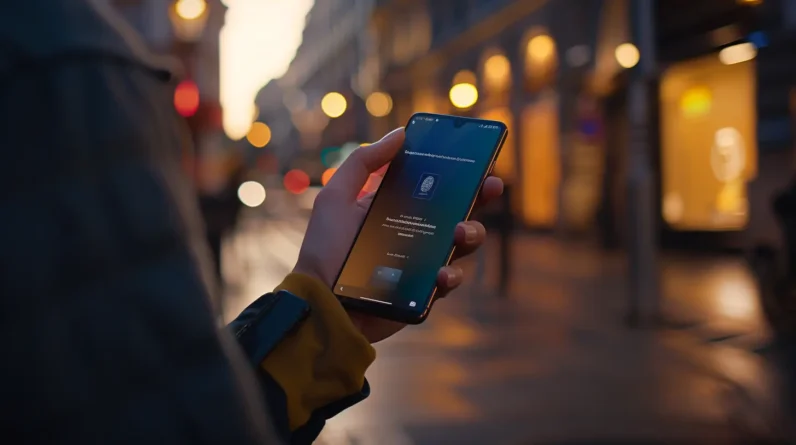
We rely on two-factor authentication to provide an essential layer of security for smart device access, greatly reducing the risk of unauthorized access and protecting sensitive information from an increasingly sophisticated array of cyber threats. By requiring both a password and a second form of verification, such as a code generated by an authentication app, we considerably decrease the likelihood of security breaches. As we explore the importance of two-factor authentication, we’ll uncover the benefits and best practices for implementing this vital security measure.
How Two-Factor Authentication Works for Smart Devices
When implementing two-factor authentication (2FA) for smart devices, we first require a basic understanding of its components. We rely on two elements: something we possess, like a password, and something we have, like a smart device. Authentication apps play an essential role in 2FA, generating time-sensitive codes that validate user identity. Code generation, typically done through algorithms, creates a unique, one-time password. To access a smart device, we enter the password and the generated code. If both match the stored credentials, access is granted. Understanding these components enables us to implement 2FA effectively, ensuring smart device security.
Types of Two-Factor Authentication Methods for Smart Devices
A range of two-factor authentication methods is available for smart devices, each with its strengths and weaknesses. We can use SMS codes sent to our phones or authentication apps like Google Authenticator to verify our identities. Hardware tokens, such as USB sticks or smart cards, provide an additional layer of security. Biometric verification, like facial recognition or fingerprints, can also be used. Additionally, we can receive email alerts or push notifications to confirm our login attempts. Each method has its own advantages and disadvantages, and we should consider these when choosing the best approach for our smart device security.
Benefits of Two-Factor Authentication for Smart Device Security
Because two-factor authentication adds an extra layer of security to our smart devices, we markedly reduce the risk of unauthorized access. This means our devices are better protected against hacking attempts, malware, and other cyber threats. We also benefit from increased user awareness, as the two-factor process makes users more mindful of their login credentials and account security. By implementing two-factor authentication, we can rest assured that our devices are secured with an additional layer of protection, which boosts overall device protection. This results in a safer smart device experience and a significant reduction in security breaches.
Risks of Not Using Two-Factor Authentication for Smart Devices
Unless we secure our smart devices with two-factor authentication, we invite a multitude of security risks that can lead to devastating consequences. We become vulnerable to data breaches, where unauthorized access to our devices can expose sensitive information. Identity theft is also a significant concern, as hackers can use stolen credentials to impersonate us online. Without two-factor authentication, our devices are open to various threats, including phishing, malware, and ransomware attacks. By neglecting to implement this security measure, we put ourselves at risk of financial loss, reputational damage, and compromised personal data. Strong security requires two-factor authentication.
Implementing Two-Factor Authentication for Smart Devices in Your Home
While securing our smart devices with two-factor authentication may seem challenging, implementing this security measure in our homes is a straightforward process that requires minimal effort but provides significant benefits. We can integrate two-factor authentication into our smart home systems by utilizing user management tools that support this feature. This typically involves configuring our devices to require a second form of verification, such as a code sent to our phone or a biometric scan, in addition to our standard login credentials. Effective device integration and user management are key to a seamless and secure experience.
Best Practices for Using Two-Factor Authentication With Smart Devices
As we integrate two-factor authentication into our smart devices, it is essential to adopt best practices that maximize the effectiveness of this security measure. We must prioritize user education to guarantee that all users understand the benefits and proper usage of two-factor authentication. Additionally, we should consider user convenience when implementing this security measure to avoid creating unnecessary barriers to access. By requiring two-factor authentication only for high-risk transactions and providing users with multiple authentication options, we can strike a balance between security and convenience, thereby increasing the overall effectiveness of our smart device security.
Conclusion
As we weave smart devices into the fabric of our daily lives, two-factor authentication is the unsung hero that safeguards our digital doors. By adding an extra layer of security, we’re locking down the fort and throwing away the key to potential threats. In a world where cyber attacks are an ever-present shadow, two-factor authentication shines a light of protection, giving us peace of mind as we navigate the vast, interconnected landscape of our smart homes.







